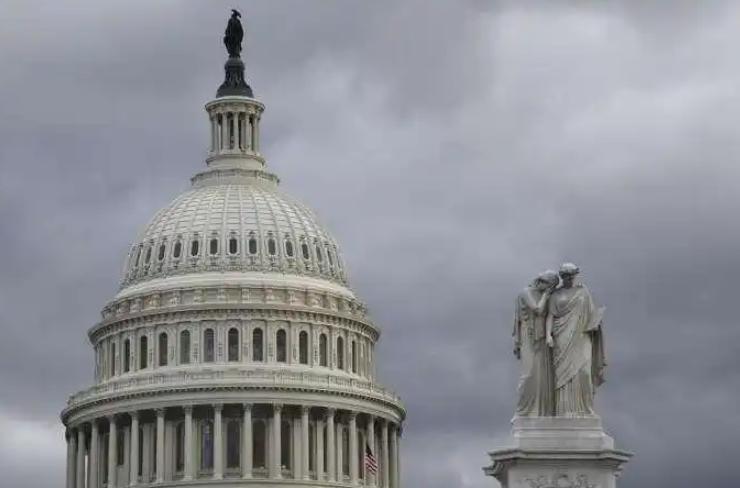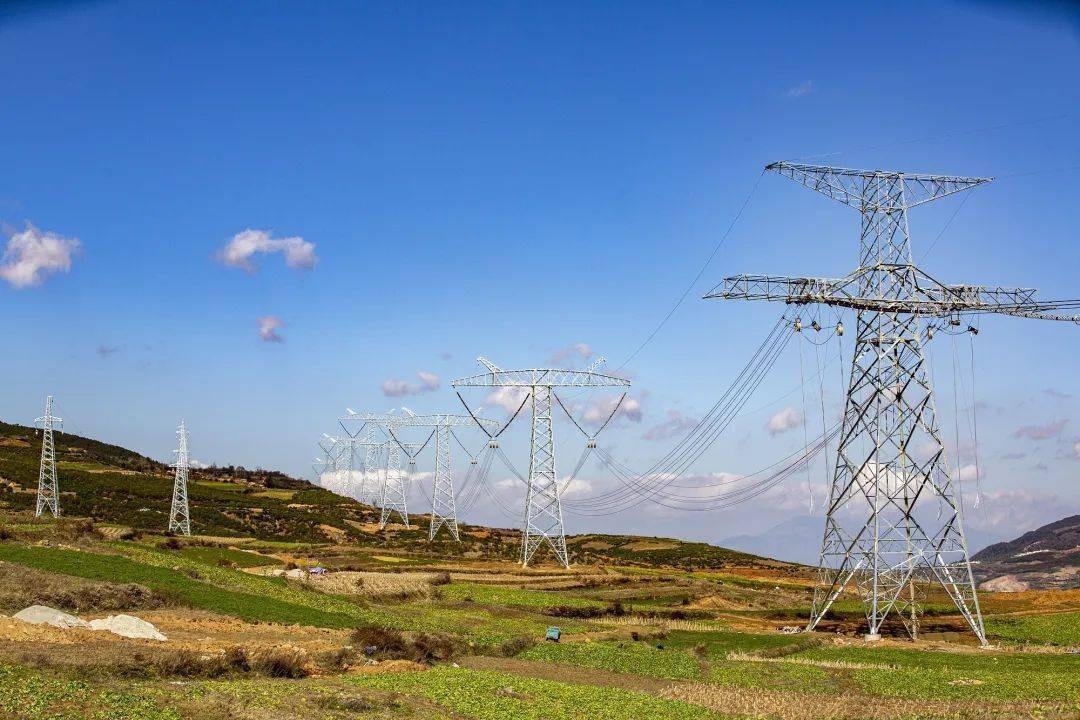
Recently, Federal Reserve Governor Waller issued a clear warning that the US job market may have entered a negative growth zone, and the weakness of the labor market has become a core policy concern. At the same time, the federal government shutdown has entered its tenth day, and the political deadlock caused by budget differences between the two parties is seeping into the economic fabric from a political perspective, forming a vicious cycle of "policy failure market turbulence".
The downturn in the job market has begun to show signs. In its September monetary policy statement, the Federal Reserve removed the phrase 'robust labor market' and instead emphasized the 'risk of slowing employment growth'. Waller pointed out in his latest speech that employment growth in the past few months may have been negative, echoing the delayed release of the September non farm payroll report due to the government shutdown. Historical data shows that in the third quarter of 2025, the new private sector employment in the United States continued to be lower than market expectations. The revised data in September also showed that the actual increase in employment for the whole year decreased by 911000 compared to the initial statistics, with an average of only 53000 new jobs added per month. This weak trend resonates with the lag effect of high interest rates and uncertainty of tariff policies, leading to a contraction of middle-class consumption capacity and a decline in wage growth momentum.
The chain reaction of government shutdown further amplifies economic risks. The shutdown has resulted in 750000 federal employees entering unpaid leave, and 420000 key personnel maintaining their jobs without pay. The aviation industry is at the forefront -11000 employees of the Federal Aviation Administration are without pay, directly causing a 23% increase in flight delay rates; In the medical field, due to the vacation of 32000 employees of the Ministry of Health, the approval of new cancer drugs has been stalled and the distribution of influenza vaccines has been delayed. The more profound impact is reflected in the constraints of data vacuum on policy-making. The Bureau of Labor Statistics was forced to recall 20% of its employees to produce core CPI data, but key indicators such as non farm employment and retail sales still need to be postponed until late October for release. This "data blindness" has put the Federal Reserve's October interest rate meeting in a dilemma: the New York Fed emphasizes the need to judge the pace of easing based on employment data, while Governor Barr advocates waiting for inflation data to confirm cooling down. The federal funds rate futures show that the probability of a rate cut in October has fluctuated from 65% at the beginning of the month to 52%, indicating a chaotic market expectation.
The direct economic losses are accumulating. Ernst&Young estimates that the shutdown caused daily economic losses of approximately $1 billion and weekly losses of $7 billion. The tourism industry suffered a daily loss of 100 million US dollars, and the delay in loan guarantees for small and medium-sized enterprises resulted in 42000 companies being blocked from financing, which may cause the loss of 18000 jobs. What is even more alarming is the manifestation of structural risks. Defense contractors such as Lockheed Martin have suspended receiving government orders, with stock prices falling 3.1% in a single week; Renewable energy companies face the risk of funding chain disruption due to delayed subsidies. Although US dollar assets have shown "safe haven resilience" - the US dollar index remains high, and Japanese pension funds and other institutions have increased their holdings of US bonds against the trend, this "abnormal stability in crisis" precisely reflects the special status and potential fragility of the US dollar hegemony.
The mismatch between politics and economy is exacerbating long-term risks. The Trump administration is using the shutdown to accelerate the replacement of the Federal Reserve chairman candidate. Treasury Secretary Besson has completed the final round of interviews, and a hawkish successor may reverse the current easing cycle. According to data from the Congressional Budget Office, the federal debt ratio has reached 122%. If the two parties continue to use the shutdown as a game tool, it will lead to a decrease in investor confidence in US Treasury bonds and push up long-term interest rates. Goldman Sachs warns that if there are two or more shutdowns in the next two years, the US sovereign credit rating may face the risk of a downgrade, resulting in an additional $120 billion in annual interest costs.
This crisis is not only a test of the US fiscal governance ability, but also a stress test of the resilience of the global economic order. If the political stalemate persists, the confidence trauma and growth losses it causes may take far longer than the duration of the shutdown to repair. At a time when the risk of stagflation has not dissipated, policy makers are like blindly flying in thick fog, while the global market is seeking a new equilibrium point in this "risk resonance".

報告顯示,中國電力投資加速增長,預計2024年電網基建投資將超過5300億元。
近日,市場迎來了一則引人注目的消息:工業巨頭3M公司(MMM.N)在本周五公布了其季度業績報告,隨後股價飆升至近兩年來的
最近,外媒給OpenAI算了筆賬,今年可能要血虧50億美元。
近日,巴黎奧運會和世界鐵人三項協會聯合發布了一項重大決定,宣布因塞納河水質污染問題,原定於近期進行的奧運會鐵人三項首次下
當地時間7月18日,法國巴黎發生了一起令人震驚的持刀襲警事件。
近期,一則重大消息在國際舞臺上引起軒然大波,馬來西亞宣布加入金磚國家。
調查發現,互聯網和智能手機的使用幹擾了韓國近五分之一學生的生活。